Metro C: Sustainability
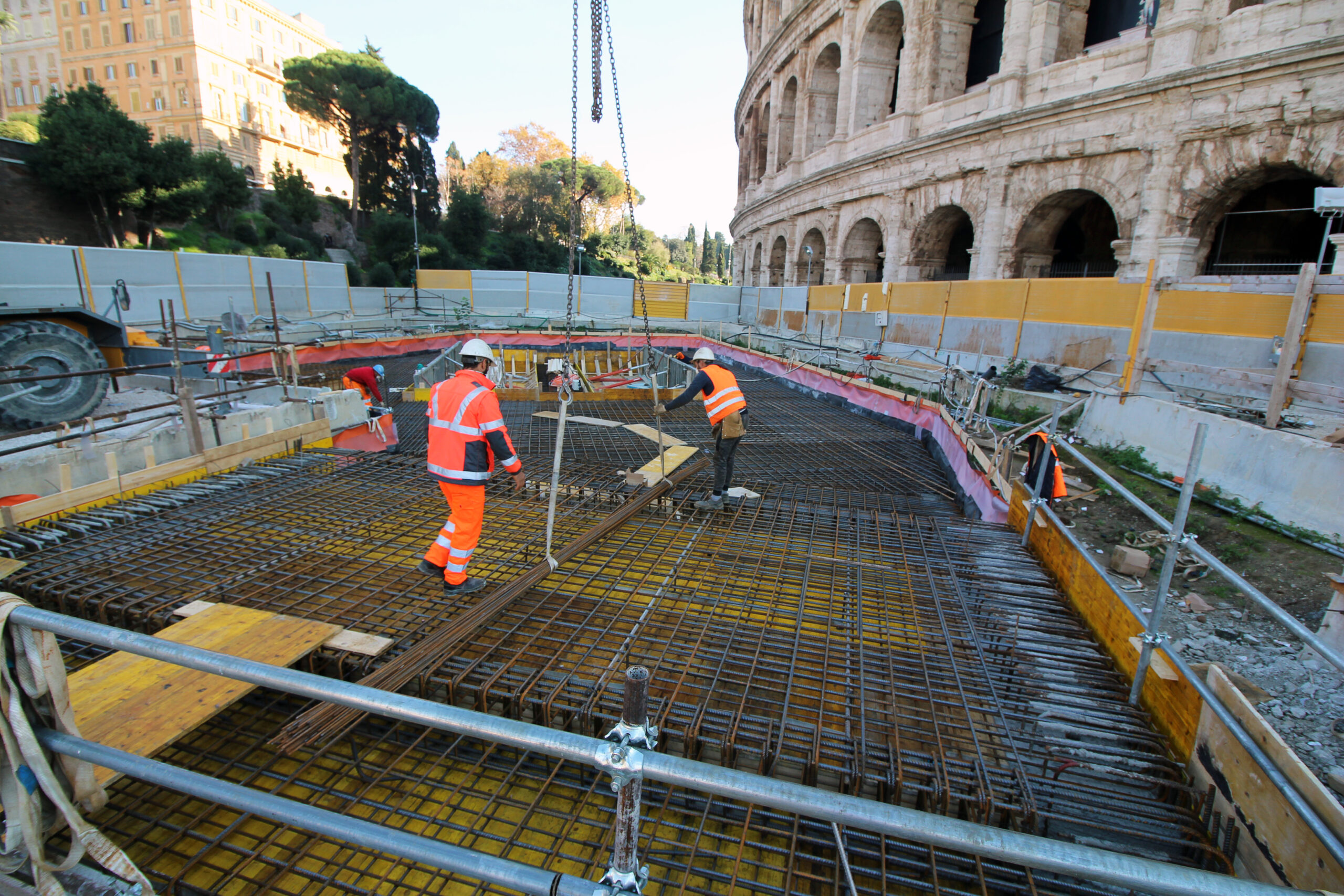
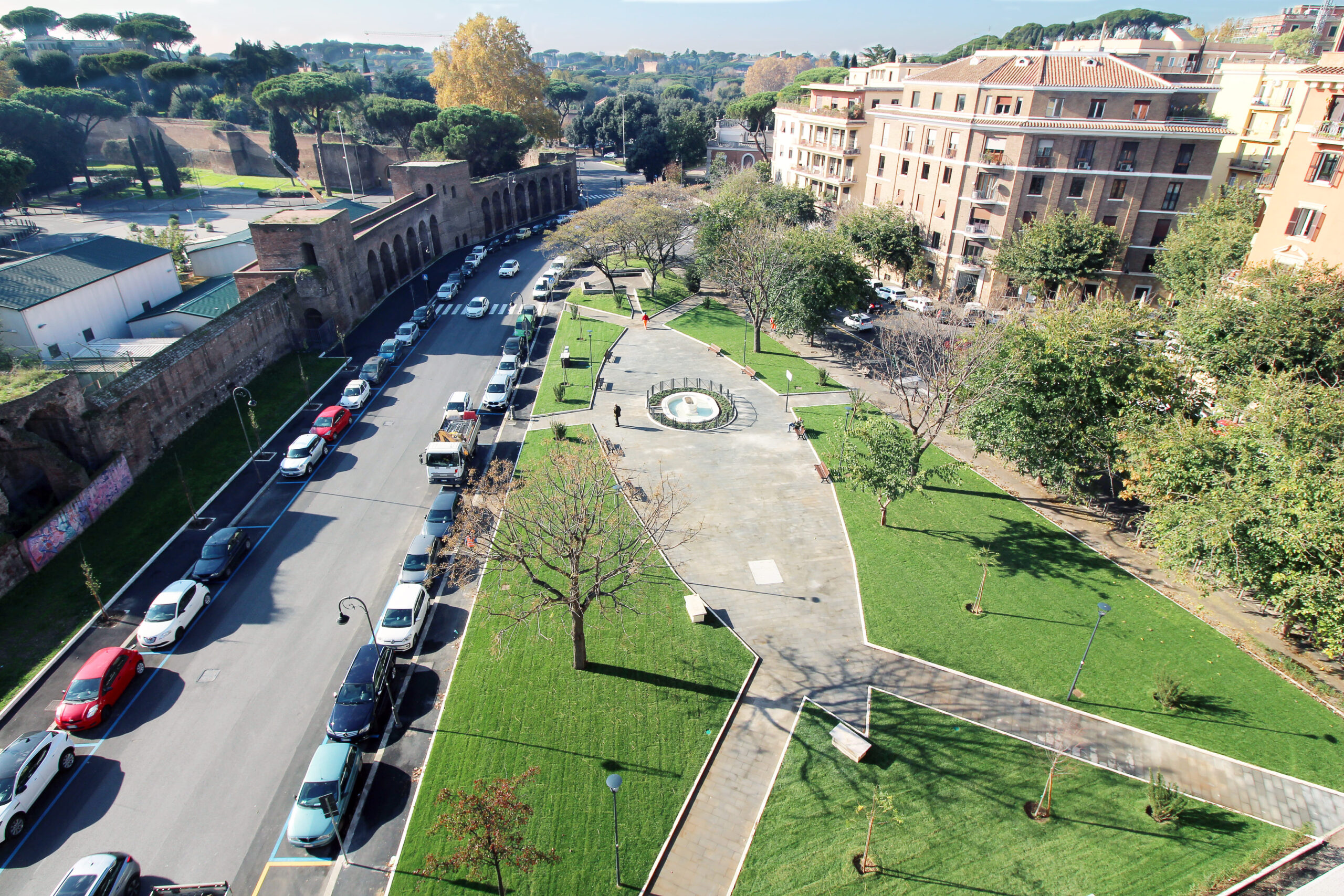
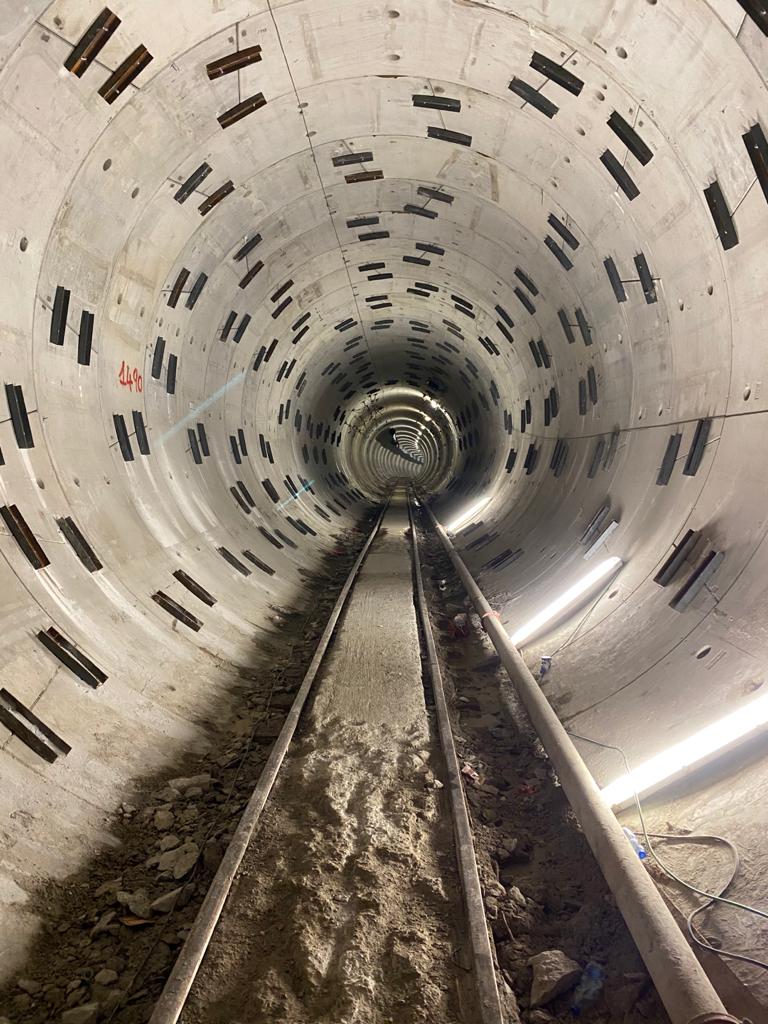
Faster travel and urban regeneration for Rome
The new Line C of Rome, by doubling the current extension of the subway network, primarily responds to the city’s need to improve urban mobility by reducing distances between the centre and the suburbs.
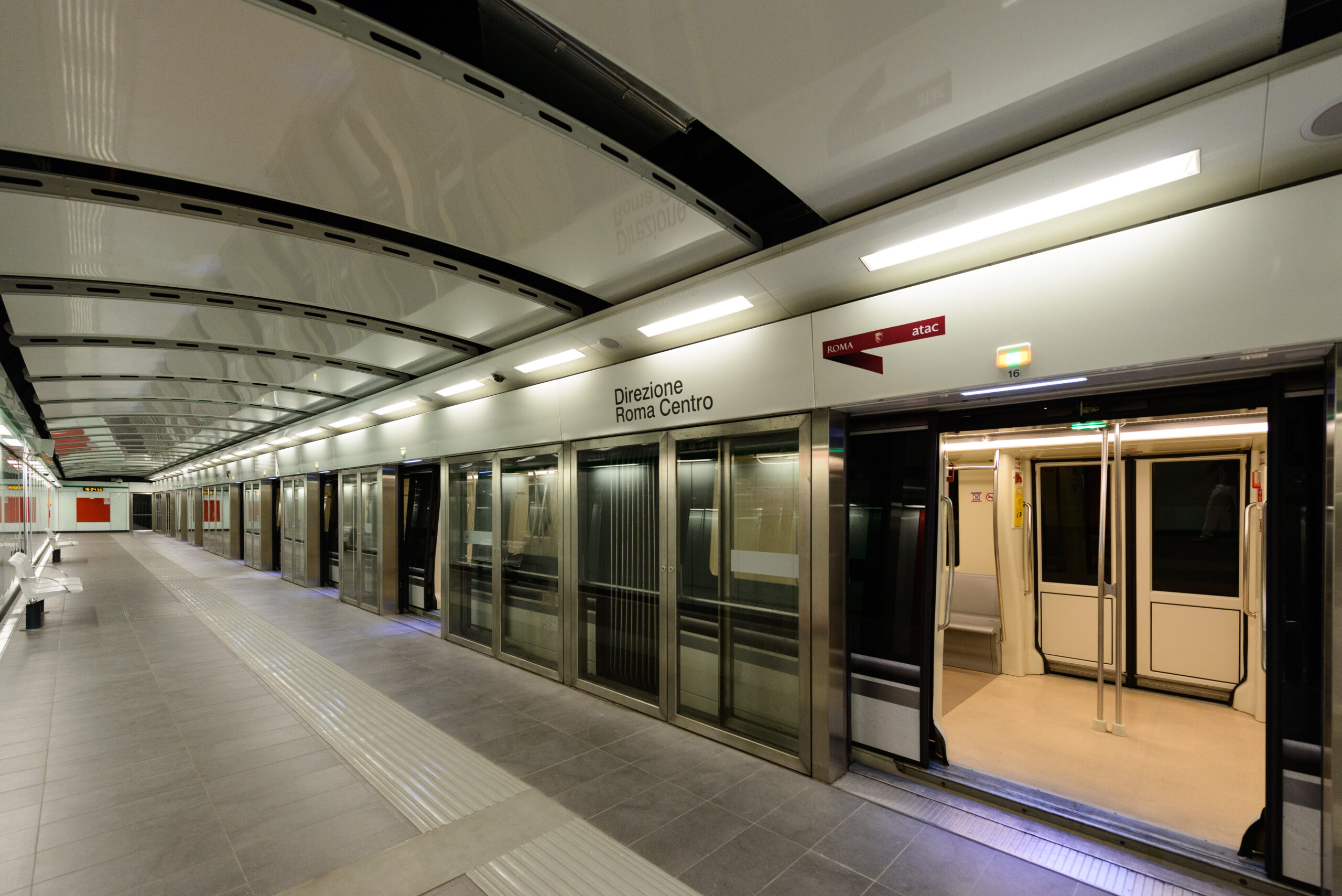
Rome towards a sustainable future for new generations
Line C is a major sustainable mobility infrastructure that will assist the city of Rome in its journey towards the Sustainable Development Goals (SDGs) set by the United Nations.
Line C will enable the transportation of about 600,000 passengers per day, with a maximum capacity of 800,000, i.e., potentially 24,000 users per hour per direction able to move faster and with less pollution than in the past.
There is also a significant impact in terms of sustainability: for the route from San Giovanni to Colosseo- Imperial Fora alone, a reduction in CO2 emissions of approximately 34,000 tons per year is estimated.
Among the objectives of the Line C project are those of ensuring access to an increasingly efficient transport service and proximity to places for all future users. Line C aims to connect the many realities of the traversed territory, reducing the distances between suburbs and centre and creating opportunities for urban regeneration. Starting from the terminus at Pantano, southeast in the Municipality of Monte Compatri, the line extends for 26 kilometers (17 kilometers underground and about 9 kilometers on the surface) heading towards the centre and the northwest quadrant, crossing historic and populous neighbourhoods of the city, to which it also offers new opportunities to enjoy the spaces.
The new Line C, by doubling the current extension of the Rome subway network, will create an important network effect essential for urban mobility. The line will improve local traffic with a consequent reduction in traffic congestion, CO2 emission in the area, and noise pollution.
Studies developed in collaboration with the University of Rome Tor Vergata, estimate that from the use of the route that goes from the terminus at Monte Compatri/Pantano to the San Giovanni station, there is a reduction in private transport of 25,000 km/year, as well as a consequent reduction of about 1,800 accidents per year.
New opportunities for urban regeneration
Line C also represents an important opportunity for urban regeneration for the suburbs, as for the centre: it returns renovated spaces to the citizens and creates new opportunities for enjoyment of the urban territory. A new development model that combines the enhancement of the past and the vision of the future.
After the underground works are finished, the surface areas affected by the construction sites are returned to the citizens, renewed and redesigned to meet the new functional needs of the city.
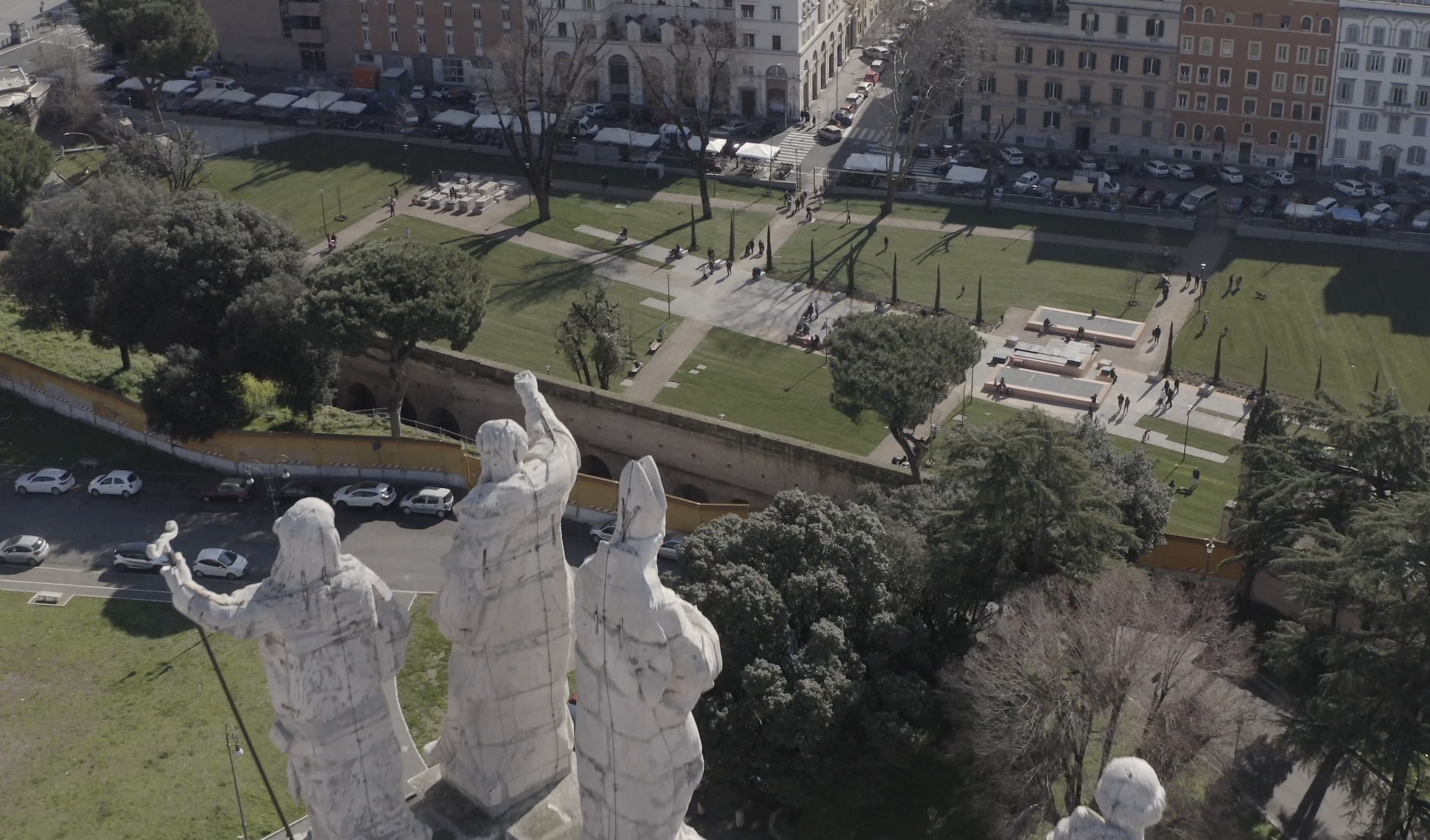
The external arrangements of stations and ventilation shafts are designed with the intention of creating gathering places for citizens.
With regard to sustainability, the urban green project aims to bring about an improvement in the situation before the work, through the protection of pre-existing elements and the compensation of any tree felling by replanting trees chosen in concert with the Rome Gardens Service. For the route from the Monte Compatri terminus to the Colosseum – Imperial Fora station, about 98,000 sqm of green areas are planned with the planting of over 4,300 new trees.
In the design phase, the arrangement of the green areas is of great importance. The urban green project aims to achieve a result in:
- Plant durability,
- Search for non-allergenic essences,
- Quality of the shade,
- Protection of pre-existing plants,
- Maintenance,
- Compatibility with existing essences
The supply chain
Line C is an opportunity for development starting from its construction. Since the beginning of the construction works of Line C, the project has involved over 1,500 suppliers and over 12,000 people, both direct and third parties.
Qualified technicians have been deployed to carry out the Line C work, such as engineers, technicians, and workers, but also outstanding fulfilments that have allowed the most advanced construction techniques to be put at the service of the project. We are talking about companies that are about 98% Italian, which have been able to contribute to the execution of complex work phases and often unique realisations, thanks to the consolidated wealth of experiences brought at all levels.
Highlights
Sustainability in construction
An important factor for the sustainability of Line C is also the construction process.
Constructions are often linked to the environment in which they are carried out. Through the design and construction of the new line of the Rome subway, Metro C S.c.p.A. promotes environmental sustainability and commits to contribute to the reduction of impacts generated by the construction of the Work.
Environmental monitoring plan during the construction process
The Company is well aware of the impact that the construction sites for the realisation of a work of this kind in an urban context can have in terms of atmospheric emissions, noise, and traffic. The PMA is divided into the following phases:
- Ante Operam Monitoring: its purpose is to provide a description of the state of the environment before the intervention and to serve as a basis for predicting the changes that may occur during construction and operation, proposing any countermeasures;
- In Progress Monitoring: its objective is to verify that any changes induced by the work to the surrounding environment are temporary and do not exceed certain thresholds, so that it is possible to quickly adapt the conduct of the works to particular environmental needs;
- Post Operam Monitoring: its purpose is to verify in the first period of operation of the new infrastructure, that any temporary alterations that occurred during construction return to normal values and that any permanent changes are compatible and consistent with the pre-existing environment.
At the construction sites in the heart of the capital, from San Giovanni to Colosseo – Imperial Fora, the following equipment is active:
- 5 Stations for atmospheric monitoring with continuous and quarterly measurements
- 10 Piezometers for groundwater monitoring
- 5 Stations for measuring the sound level with continuous and quarterly measurements
- 5 Stations for measuring vibrations with quarterly measurements
In addition, where necessary, ad hoc mitigation interventions are adopted to reduce vibro-acoustic and atmospheric pollution.
Future goals for emission reduction
Metro C has developed and refined procedures and organisational models by applying sustainability criteria to business processes; in line with these objectives, the Company has embarked on a path of reducing its own CO2 emissions by adopting and combining different energy technologies and solutions.
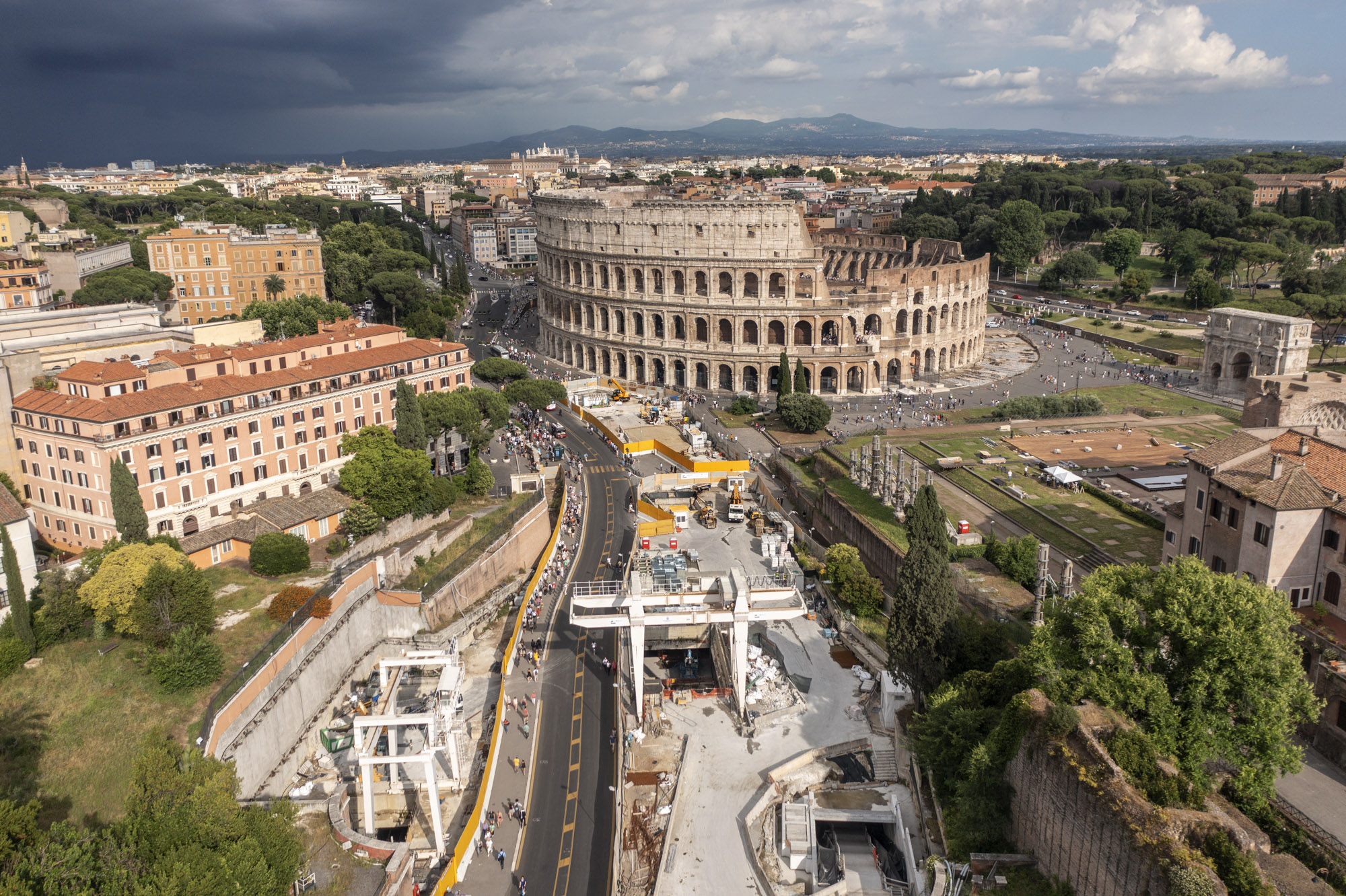
Fleet renewal
Metro C has started a gradual renewal of the company’s vehicle fleet, in order to reduce fuel consumption and CO2 emissions in the atmosphere. The renewal and efficiency activities of the fleet translate into:
- gradual transition from euro 4 vehicles to euro 6 vehicles, in particular with the introduction of electric and/or hybrid vehicles;
- monitoring of the evolutions of the vehicle fleet of its partners;
- installation of charging stations for electric vehicles.
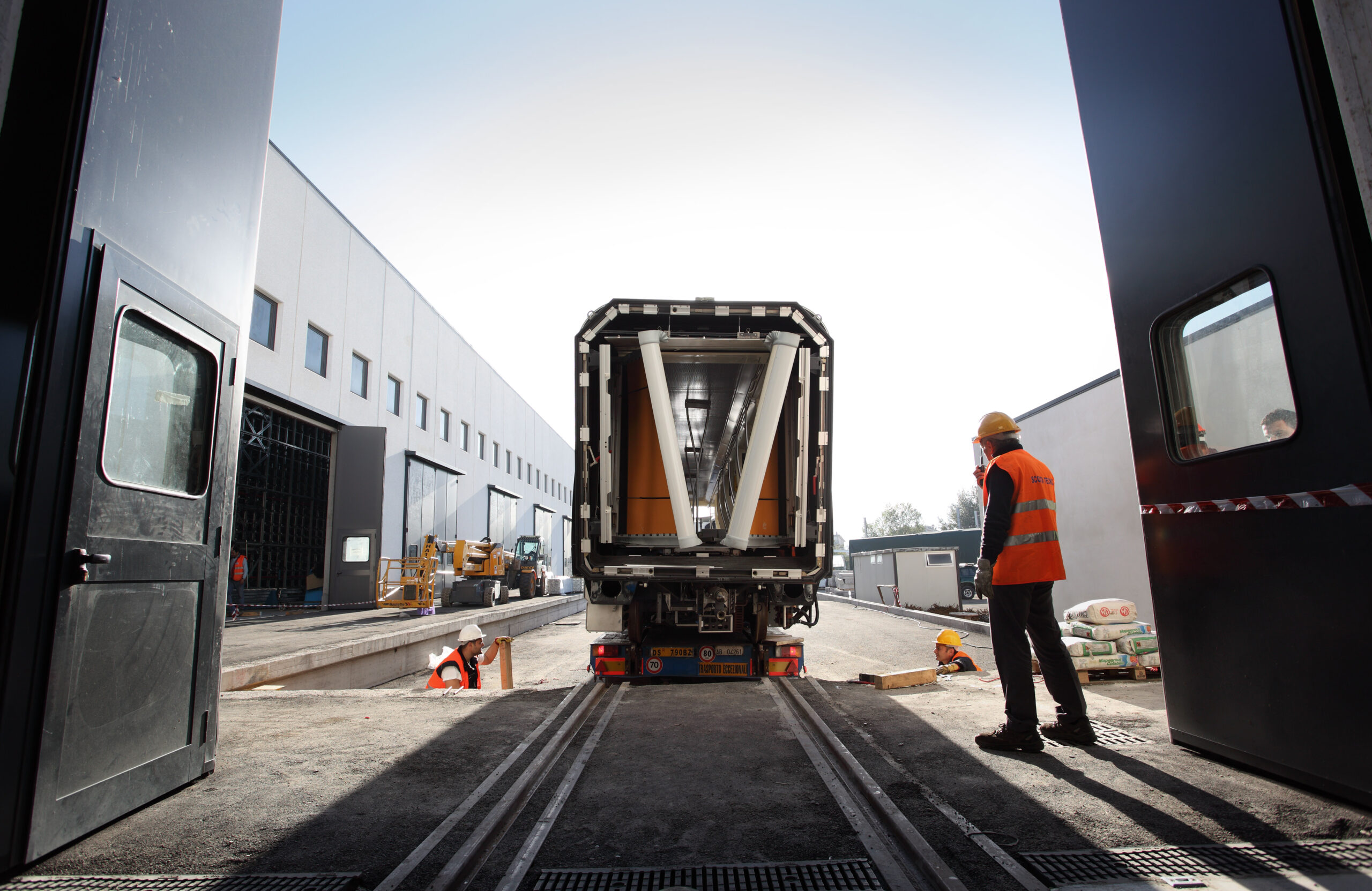
With these initiatives, The Company sets a new goal in the field of its sustainability objectives: with the new fleet of electric and hybrid company vehicles and the related charging infrastructure, in addition to promoting decarbonisation by investing in the electric mobility segment, it aims to achieve the “zero emissions” target within the next decade.
The vehicles used by Metro C employees for travel, services, and operational activities contribute to meeting the challenges of emission reduction. The choice to equip oneself, progressively, with a fleet of hybrid and/or electric cars and the related charging infrastructure, in fact, allows not only a decrease in management costs, but above all thanks to the lower emissions to reduce the impact on the environment. The purchase of new hybrid and electric cars and the installation of charging points (100% green certified energy) at its construction sites will contribute to more sustainable mobility. The initiative will also allow a reduction in CO2 emissions compared to those of the previous company car fleet.
In addition to the renewal of the vehicle fleet, Metro C is committed daily to monitoring the evolutions of the vehicle fleet of its partners, in order to also reduce the indirect impact of its activities. The graph resulting from the analysis of integrated data relating to the evolution of the vehicle fleet of the Assignees, currently operating at our construction sites, shows a constant growth in the absolute number and percentage of euro 6 company vehicles, thanks also to macroeconomic trends and regulatory developments.
Installation of photovoltaic panels
In the further developments of the construction activities of Line C, the installation of photovoltaic panels on the roofs of the barracks and the parking lots of the construction site logistics area is planned.
The construction site will thus produce electricity in a clean way with zero emissions, using it in the same place where it is produced, cancelling the costs and dispersions due to transport.
The savings in CO2 obtained from energy self-consumption for the uses of the buildings can be estimated at about 10,000 kg CO2/year with the installation of a 30KW photovoltaic system.
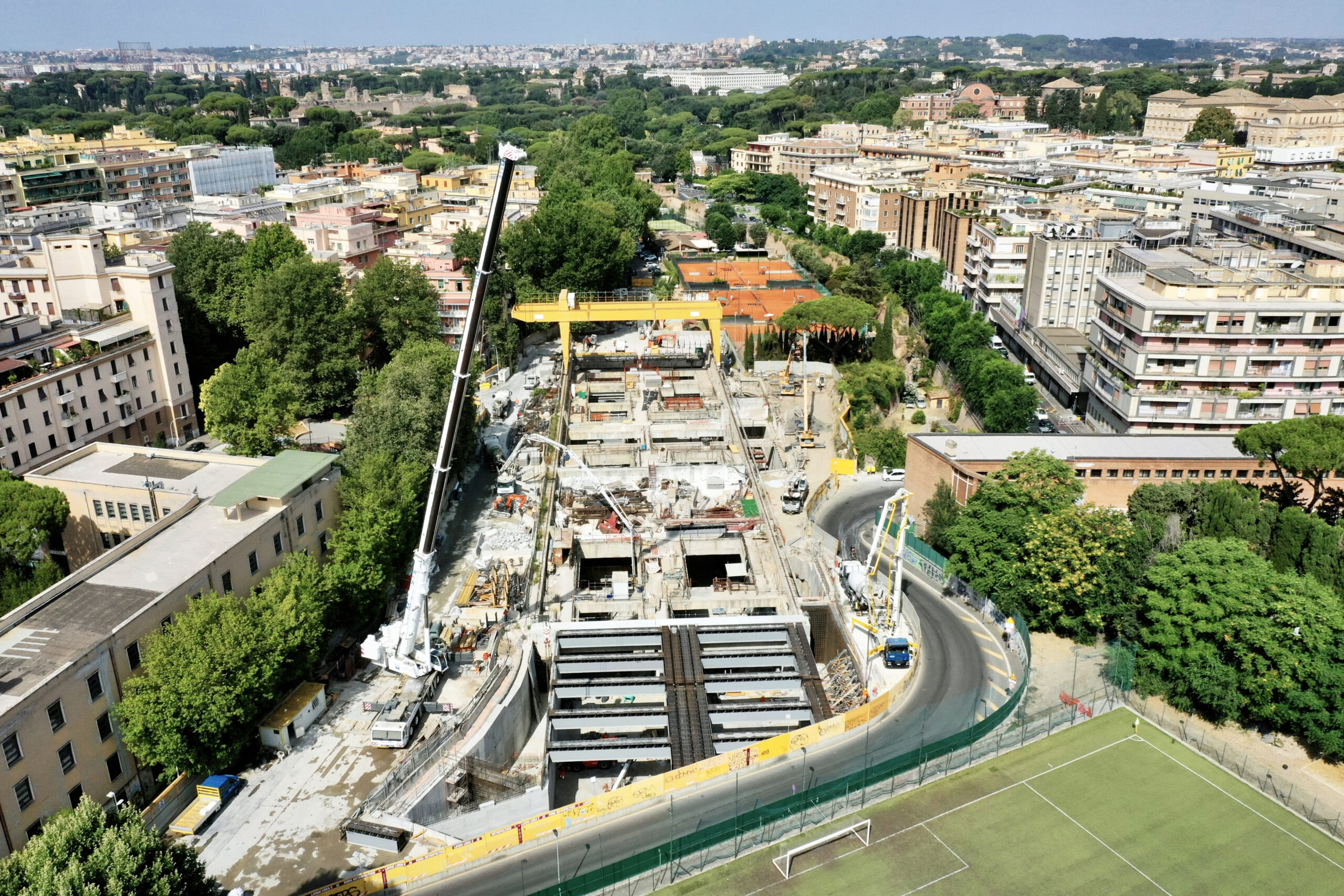 default
default

